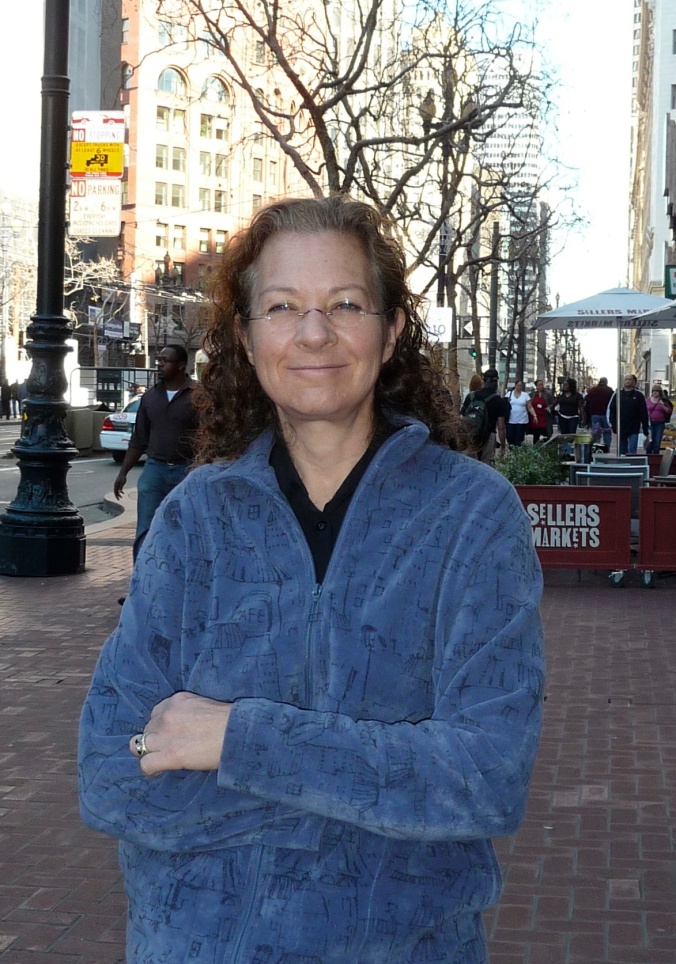Of course you’d expect it, but today is the day–although it’s a good practice to do it every day–to take a few moments and think about what we’re thankful for.
So here’s my list:
1. The love, support, friendship and encouragement of my husband (I’m also thankful he works in Holland, particularly since we live in a tiny one-bedroom apt.)
2. That my parents are still living — close enough, and far enough away
3. My friends who truly know me and like me anyway. Some even offer to bring me soup when I’m sick. Hmm, maybe I should reconsider the others…
4. This work that I do that I didn’t even have to go back to school for! In fact it seemed to come out of thin air. (My husband says that’s not true, I did the hard work, but then he’s loving and supportive.)
5. All the people I meet through doing this work: fellow patients and diabetes professionals. There is an immediate bonding, and while I might prefer not to be in this club, at least this club doesn’t have cliques like high school did. Ugh!
6. Peanut butter and yogurt. I discovered it decades ago and still don’t understand why Danon doesn’t have such a flavor.
7. The beauty of where I live: brownstones, trees, sky — 20 minutes from Manhattan, and ah, only 20 minutes home.
8. My health: I’m not missing any body parts, I have all my senses and outside of diabetes, I’m fit as a fiddle.
9. That nobody asked me to create a list of “10 Things I’m thankful for,” so I can stop here.
10. But then, just as I was posting this list a friend (#3) sent me these photos, and I love them. So, there is a #10 after all. I’m thankful for a good laugh and tender moments.





